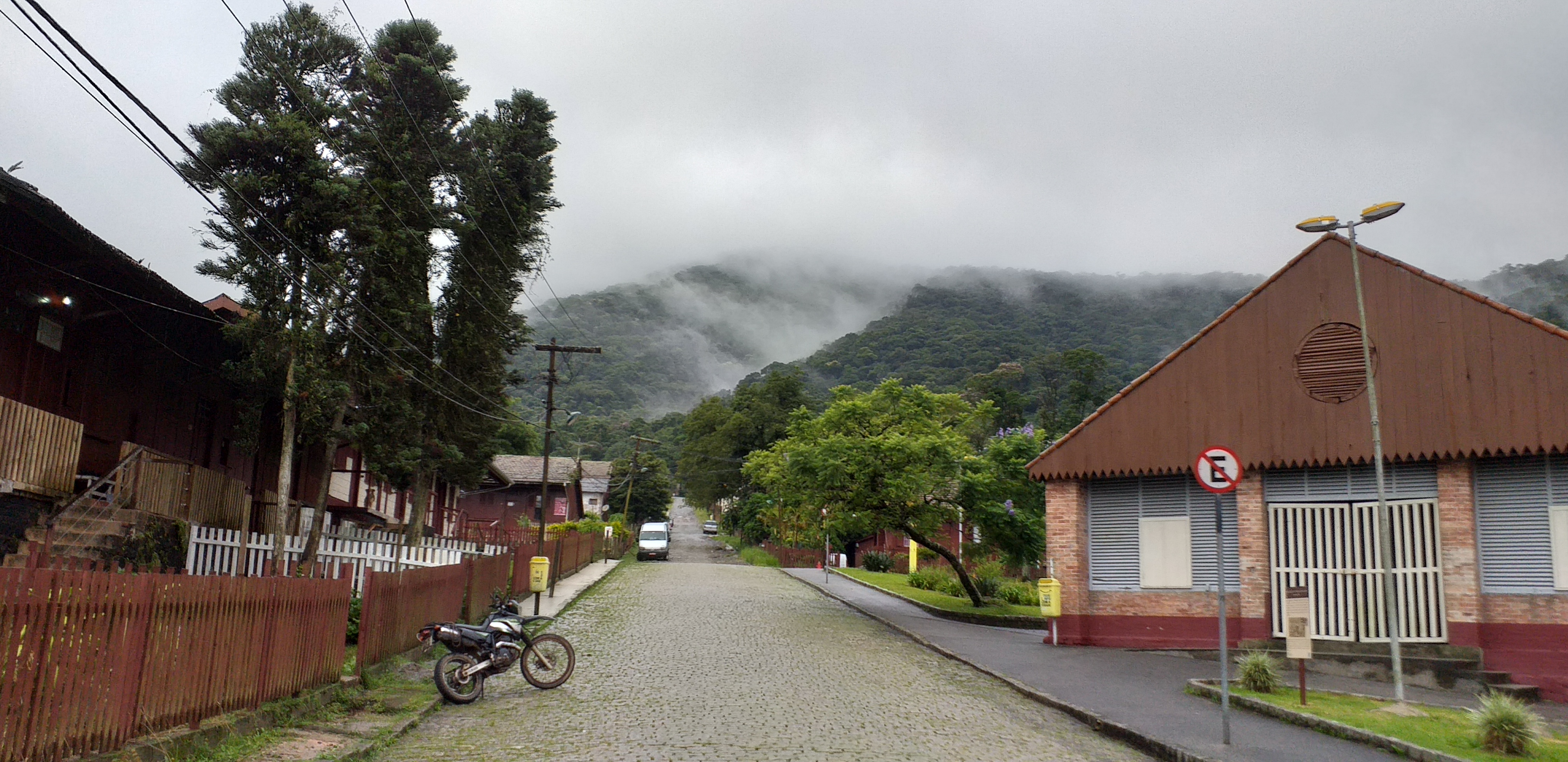|
Peter C. Goldmark
Peter Carl Goldmark (born Péter Károly Goldmark; December 2, 1906 – December 7, 1977) was a Hungarian-American engineer who, during his time with Columbia Records, was instrumental in developing the long-playing microgroove 33 rpm phonograph disc, the standard for incorporating multiple or lengthy recorded works on a single disc for two generations. The LP was introduced by Columbia's Goddard Lieberson in 1948. Lieberson was later president of Columbia Records from 1956–71 and 1973–75. According to György Marx, he was one of The Martians. Early life Goldmark married Frances Trainer, whom he later divorced. Together they had four children; three sons: Peter Jr., Christopher, Andrew and one daughter: Frances. Career In addition to his work on the LP record, Goldmark developed field-sequential color technology for color television while at CBS. The system, first demonstrated on August 29, 1940, and shown to the press on September 3 used a rapidly rotating co ... [...More Info...] [...Related Items...] OR: [Wikipedia] [Google] [Baidu] |
Budapest
Budapest (, ; ) is the capital and most populous city of Hungary. It is the ninth-largest city in the European Union by population within city limits and the second-largest city on the Danube river; the city has an estimated population of 1,752,286 over a land area of about . Budapest, which is both a city and county, forms the centre of the Budapest metropolitan area, which has an area of and a population of 3,303,786; it is a primate city, constituting 33% of the population of Hungary. The history of Budapest began when an early Celtic settlement transformed into the Roman town of Aquincum, the capital of Lower Pannonia. The Hungarians arrived in the territory in the late 9th century, but the area was pillaged by the Mongols in 1241–42. Re-established Buda became one of the centres of Renaissance humanist culture by the 15th century. The Battle of Mohács, in 1526, was followed by nearly 150 years of Ottoman rule. After the reconquest of Buda in 1686, the ... [...More Info...] [...Related Items...] OR: [Wikipedia] [Google] [Baidu] |
CBS Laboratories
CBS Laboratories or CBS Labs (later known as the CBS Technology Center or CTC) was the technology research and development organization of the CBS television network. Innovations developed at the labs included many groundbreaking broadcast, industrial, military, and consumer technologies. History CBS Laboratories was established in 1936 in New York City to conduct technological research for CBS and outside clients. The CBS Laboratories Division (CLD) moved from Madison Avenue in New York to a new facility in Stamford, Connecticut in 1958. Dr. Peter Goldmark joined CBS Laboratories in 1936. On September 4, 1940, while working at the lab, he demonstrated the Field-Sequential Color TV system. It utilized a mechanical color wheel on both the camera and on the television home receiver, but was not compatible with the existing post-war NTSC, 525-line, 60-field/second black and white TV sets as it was a 405-line, 144-field scanning system. It was the first color broadcasting sy ... [...More Info...] [...Related Items...] OR: [Wikipedia] [Google] [Baidu] |
Road Incident Deaths In New York (state)
A road is a linear way for the conveyance of traffic that mostly has an improved surface for use by vehicles (motorized and non-motorized) and pedestrians. Unlike streets, the main function of roads is transportation. There are many types of roads, including parkways, avenues, controlled-access highways (freeways, motorways, and expressways), tollways, interstates, highways, thoroughfares, and local roads. The primary features of roads include lanes, sidewalks (pavement), roadways (carriageways), medians, shoulders, verges, bike paths (cycle paths), and shared-use paths. Definitions Historically many roads were simply recognizable routes without any formal construction or some maintenance. The Organization for Economic Co-operation and Development (OECD) defines a road as "a line of communication (travelled way) using a stabilized base other than rails or air strips open to public traffic, primarily for the use of road motor vehicles running on their own wheels", which ... [...More Info...] [...Related Items...] OR: [Wikipedia] [Google] [Baidu] |
National Medal Of Science Laureates
National may refer to: Common uses * Nation or country ** Nationality – a ''national'' is a person who is subject to a nation, regardless of whether the person has full rights as a citizen Places in the United States * National, Maryland, census-designated place * National, Nevada, ghost town * National, Utah, ghost town * National, West Virginia, unincorporated community Commerce * National (brand), a brand name of electronic goods from Panasonic * National Benzole (or simply known as National), former petrol station chain in the UK, merged with BP * National Car Rental, an American rental car company * National Energy Systems, a former name of Eco Marine Power * National Entertainment Commission, a former name of the Media Rating Council * National Motor Vehicle Company, Indianapolis, Indiana, USA 1900-1924 * National Supermarkets, a defunct American grocery store chain * National String Instrument Corporation, a guitar company formed to manufacture the first resonator g ... [...More Info...] [...Related Items...] OR: [Wikipedia] [Google] [Baidu] |
Television Pioneers
Television, sometimes shortened to TV, is a telecommunication medium for transmitting moving images and sound. The term can refer to a television set, or the medium of television transmission. Television is a mass medium for advertising, entertainment, news, and sports. Television became available in crude experimental forms in the late 1920s, but only after several years of further development was the new technology marketed to consumers. After World War II, an improved form of black-and-white television broadcasting became popular in the United Kingdom and the United States, and television sets became commonplace in homes, businesses, and institutions. During the 1950s, television was the primary medium for influencing public opinion.Diggs-Brown, Barbara (2011''Strategic Public Relations: Audience Focused Practice''p. 48 In the mid-1960s, color broadcasting was introduced in the U.S. and most other developed countries. The availability of various types of archival storag ... [...More Info...] [...Related Items...] OR: [Wikipedia] [Google] [Baidu] |
Hungarian Jews
The history of the Jews in Hungary dates back to at least the Kingdom of Hungary, with some records even predating the Hungarian conquest of the Carpathian Basin in 895 CE by over 600 years. Written sources prove that Jewish communities lived in the medieval Kingdom of Hungary and it is even assumed that several sections of the heterogeneous Magyar tribes, Hungarian tribes practiced Judaism. Jewish officials served the king during the early 13th century reign of Andrew II of Hungary, Andrew II. From the second part of the 13th century, the general religious tolerance decreased and Hungary's policies became similar to the treatment of the Jewish population in Western Europe. The Jews of Hungary were fairly well integrated into Hungarian society by the time of the First World War. By the early 20th century, the community had grown to constitute 5% of Hungary's total population and 23% of the population of the capital, Budapest. Jews became prominent in science, the arts and busine ... [...More Info...] [...Related Items...] OR: [Wikipedia] [Google] [Baidu] |
Hungarian Emigrants To The United States
Hungarian may refer to: * Hungary, a country in Central Europe * Kingdom of Hungary, state of Hungary, existing between 1000 and 1946 * Hungarians, ethnic groups in Hungary * Hungarian algorithm, a polynomial time algorithm for solving the assignment problem * Hungarian language, a Finno-Ugric language spoken in Hungary and all neighbouring countries * Hungarian notation, a naming convention in computer programming * Hungarian cuisine Hungarian or Magyar cuisine is the cuisine characteristic of the nation of Hungary and its primary ethnic group, the Magyars. Traditional Hungarian dishes are primarily based on meats, seasonal vegetables, fruits, bread, and dairy products. ..., the cuisine of Hungary and the Hungarians See also * * {{disambiguation Language and nationality disambiguation pages ... [...More Info...] [...Related Items...] OR: [Wikipedia] [Google] [Baidu] |
Saturday Review Press
''Saturday Review'', previously ''The Saturday Review of Literature'', was an American weekly magazine established in 1924. Norman Cousins was the editor from 1940 to 1971. Under Norman Cousins, it was described as "a compendium of reportage, essays and criticism about current events, education, science, travel, the arts and other topics." At its peak, ''Saturday Review'' was influential as the base of several widely read critics (e.g., Wilder Hobson, music critic Irving Kolodin, and theater critics John Mason Brown and Henry Hewes), and was often known by its initials as ''SR''. It was never very profitable and eventually succumbed to the decline of general-interest magazines after restructuring and trying to reinvent itself more than once during the 1970s and 1980s. History From 1920 to 1924, ''Literary Review'' was a Saturday supplement to the ''New York Evening Post''. Henry Seidel Canby established it as a separate publication in 1924. Bernard DeVoto was the editor in 1 ... [...More Info...] [...Related Items...] OR: [Wikipedia] [Google] [Baidu] |
Westchester County, New York
Westchester County is located in the U.S. state of New York. It is the seventh most populous county in the State of New York and the most populous north of New York City. According to the 2020 United States Census, the county had a population of 1,004,456, an increase of 55,344 (5.8%) from the 949,113 counted in 2010. Located in the Hudson Valley, Westchester covers an area of , consisting of six cities, 19 towns, and 23 villages. Established in 1683, Westchester was named after the city of Chester, England. The county seat is the city of White Plains, while the most populous municipality in the county is the city of Yonkers, with 211,569 residents per the 2020 U.S. Census. The annual per capita income for Westchester was $67,813 in 2011. The 2011 median household income of $77,006 was the fifth-highest in New York (after Nassau, Putnam, Suffolk, and Rockland counties) and the 47th highest in the United States. By 2014, the county's median household income had risen to $83, ... [...More Info...] [...Related Items...] OR: [Wikipedia] [Google] [Baidu] |
National Medal Of Science
The National Medal of Science is an honor bestowed by the President of the United States to individuals in science and engineering who have made important contributions to the advancement of knowledge in the fields of behavioral and social sciences, biology, chemistry, engineering, mathematics and physics. The twelve member presidential Committee on the National Medal of Science is responsible for selecting award recipients and is administered by the National Science Foundation (NSF). History The National Medal of Science was established on August 25, 1959, by an act of the Congress of the United States under . The medal was originally to honor scientists in the fields of the "physical, biological, mathematical, or engineering sciences". The Committee on the National Medal of Science was established on August 23, 1961, by executive order 10961 of President John F. Kennedy. On January 7, 1979, the American Association for the Advancement of Science (AAAS) passed a resolution propo ... [...More Info...] [...Related Items...] OR: [Wikipedia] [Google] [Baidu] |
American Academy Of Achievement
The American Academy of Achievement, colloquially known as the Academy of Achievement, is a non-profit educational organization that recognizes some of the highest achieving individuals in diverse fields and gives them the opportunity to meet one another. The academy also brings together the leaders with promising graduate students for mentorship. The academy hosts an International Achievement Summit, which ends with an awards ceremony, during which new members are inducted into the academy. History Founded in 1961 by ''Sports Illustrated'' and ''LIFE'' magazine photographer Brian Reynolds, the Academy of Achievement recognizes the highest achievers in public service, business, science and exploration, sports and the arts. Reynolds established the academy after he realized that the famous people he photographed from different fields did not usually have the opportunity to interact with one another. The organization was described in a 1989 ''San Francisco Chronicle'' artic ... [...More Info...] [...Related Items...] OR: [Wikipedia] [Google] [Baidu] |




.png)

